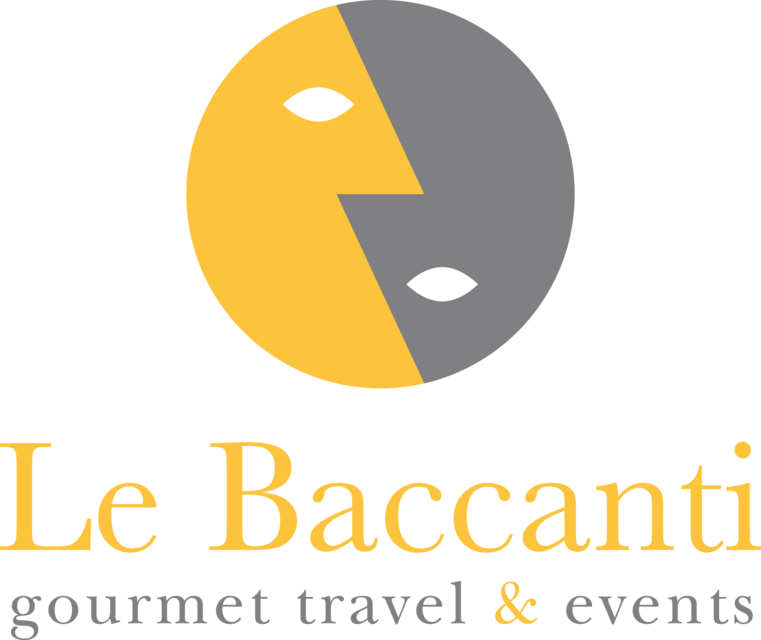There is no evidence for the often-heard tale that pasta was bought back from China by Marco Polo in 1298. Romans of antiquity boiled a dough of flour, salt and water in layers in a flat pan called a lasanum, plural lasana, whence of course our lasagna, but pasta in the more or less modern sense can be traced back only to the eleventh century: a document of about 1050 from Trabia near Palermo in Sicily people speaks of euroa food out of flour in the form of long stringseuro. The oldest known term applied to pasta is euromaccheronieuro, of unknown origins but possibly derived from Greek macaria, a dough of barley and broth, or makar, eurovery happyeuro, a state into which the eating of maccheroni presumably transports the eater (ancient folklore would have them eurothe food of the blessedeuro). In the fifteen-hundreds, pasta pretty much as we know it, spread out into the wide world, first to France - partly because Caterrina deeuro Medici had married Henry II in 1533 -, then rapidly throughout Spain, Germany and much of the Balkans. Britain, ever hostile to good eating, seems to have discovered it only in the early eighteenth century - in 1735 a popular stage comedy was called The Macaroni. Napoleon sent entire wagon-trains of pasta in the entourage of his armies. Most pasta, of whatever sort, was labelled euromaccheronieuro until 1850-70, after which the today universally familiar but very old local folk names were widely adopted and standardised by producers and consumers alike, and photographs of those years taken in various Italian cities sshow street vendors, maccheronari, with pushcarts fitted with great copper kettles dispensing spaghetti and other forms to an eager though mostly poor clientele - the main condiments seem to have been salt, pepper, tomato paste and grated cheese. But Pasta was equally at home, daily or nearly so, on affluent bourgeois and aristocratic tables.The mills and methods for grinding durum wheat remained essentially unvaried from Caesareuros time to the end of the nineteenth century, when steam-powered machinery was introduced to meet the demands of mass consumption, followed in the 1930s by modern industrial-scale dough mixers and sieves and presses for imparting the desired shapes.Today no Italian major meal is complete without at least a little pasta although modern food, weight and health awareness is slimming down the formerly mountainous portions. Local variations of shape and accompanying condiments, often very lively and innovative, abound as never before. Still today many households will make their own pasta, at least for special occasions, a reassuring phenomenon that this unique aspect of Italian culture is well and thriving.




